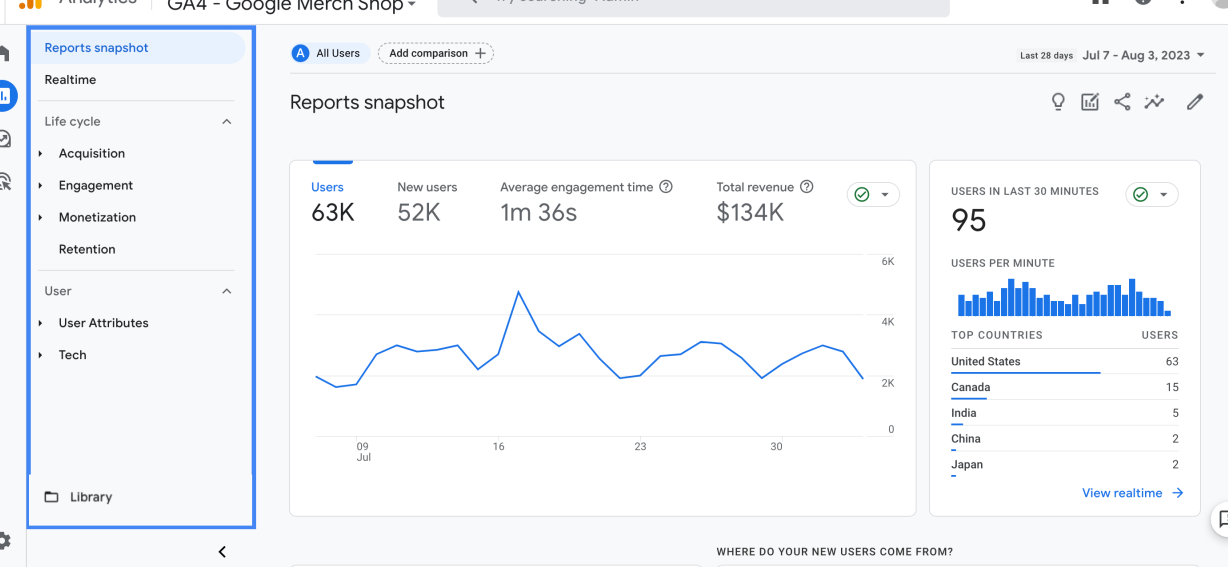Creating a business plan is a crucial step for any entrepreneur. It outlines your business goals, the strategy you will use to achieve them, and the structure of your business. Here’s a simple, step-by-step guide to help you write a business plan.
1. Executive Summary
The executive summary is a brief overview of your business plan. It should include:
- The business name and location.
- The mission statement (what your business does and why).
- The products or services offered.
- Basic information about the business owners.
- The purpose of the business plan (e.g., to secure funding).
2. Company Description
Provide detailed information about your company, including:
- The nature of your business.
- The market needs that you are addressing.
- How your products or services meet these needs.
- The specific consumers, organizations, or businesses your company plans to serve.
3. Market Analysis
Conduct thorough research to understand your industry and market. Include:
- An overview of your industry.
- Detailed information about your target market.
- The market size and expected growth.
- An analysis of your competitors and your competitive advantages.
4. Organization and Management
Describe your business’s organizational structure and introduce your management team:
- The organizational structure (e.g., sole proprietorship, partnership, corporation).
- Information about the owners.
- Profiles of your management team and board of directors.
5. Products or Services
Explain what your business offers:
- A description of your products or services.
- The benefits and features of your products or services.
- Information about the product life cycle.
- Your plans for research and development.
6. Marketing and Sales Strategy
Outline your strategies for attracting and retaining customers:
- Your marketing strategy (e.g., pricing, promotion, distribution).
- Sales tactics and processes.
- The sales forecast.
7. Funding Request
If you are seeking funding, specify your needs:
- How much funding you need over the next five years.
- How you plan to use the funds.
- The type of funding you are seeking (e.g., loans, investors).
8. Financial Projections
Provide financial forecasts to show the viability of your business:
- Income statements.
- Cash flow statements.
- Balance sheets.
- Break-even analysis.
Gasesti filme porno cu carul dar si scene xxx hd Romania 





 https://filmexxx.link/grase-care-se-masturbeaza-in-timp-ce-isi-strang-tatele/https://filmexxx.link/ii-place-cand-iubita-lui-ii-da-voie-sa-stropeasca-fundul-cu-toata-sperma/https://filmexxx.link/ador-cand-ea-isi-pune-fundul-fix-pe-centrul-fetei-mele/https://filmexxx.link/femeia-cu-prezervativ-in-pizda-iti-ofera-scena-de-sex-misto/https://filmexxx.link/folosesc-putin-prezervativul-dar-il-dau-jos-ca-nu-se-simt-ok/https://filmexxx.link/amandoua-prostituatele-fac-orice-le-ceri-daca-este-sexual/
https://filmexxx.link/grase-care-se-masturbeaza-in-timp-ce-isi-strang-tatele/https://filmexxx.link/ii-place-cand-iubita-lui-ii-da-voie-sa-stropeasca-fundul-cu-toata-sperma/https://filmexxx.link/ador-cand-ea-isi-pune-fundul-fix-pe-centrul-fetei-mele/https://filmexxx.link/femeia-cu-prezervativ-in-pizda-iti-ofera-scena-de-sex-misto/https://filmexxx.link/folosesc-putin-prezervativul-dar-il-dau-jos-ca-nu-se-simt-ok/https://filmexxx.link/amandoua-prostituatele-fac-orice-le-ceri-daca-este-sexual/
9. Appendix
Include any additional information that supports your business plan:
- Resumes of key team members.
- Legal documents.
- Product pictures or designs.
- References and additional research.
A well-written business plan serves as a roadmap for your business and can help secure the necessary funding to start and grow. By following this step-by-step guide, you can create a comprehensive and effective business plan that clearly outlines your vision and strategy.




